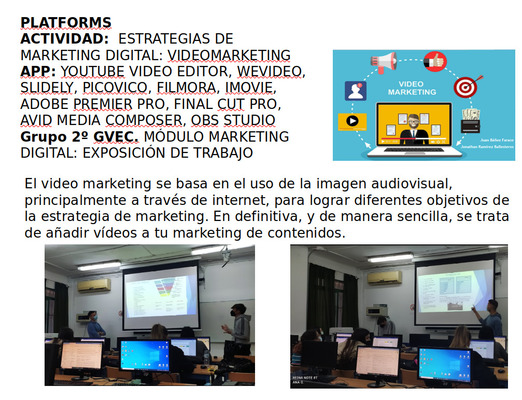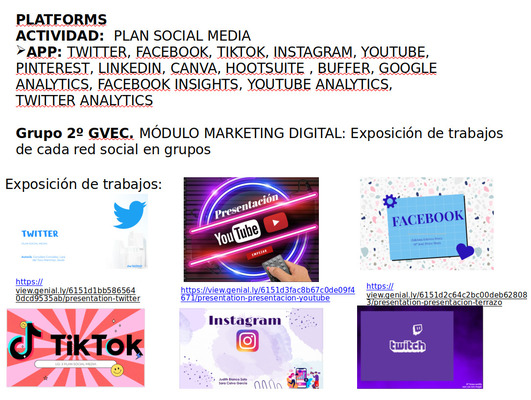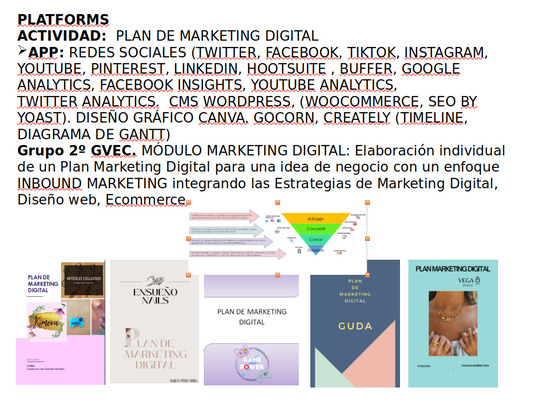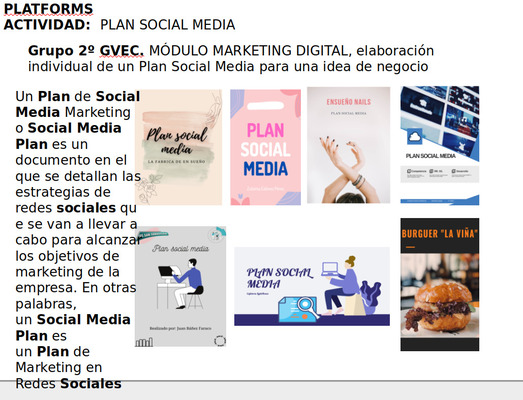1- 4 fun activities to help students build their media literacy skills
2- Cybersecurity
3- Digital Footprint. Fake News
4- Social Media
1- 4 Fun and Quick Activities to Help Your Students Build Their Media Literacy Skills:
at weareteachers.com
In an era of fake news, it’s more important than ever to give our students the skills they need to spot it!
Lesson 1- Do you Dare?
Sometimes, things are not as they seem. In this activity, students will explore some deceiving photos of a cliff in Pedra Do Telegrafa in Rio Dejanero, Brazil. Then, they will take a closer look at an actual photo of the cliff. This activity also has an option for students to try to create a photographic optical illusion of their own.
Lesson 2- Is this information CRAAP?
When it comes to figuring out if the information our students are using as a reliable source is actually, well...reliable, it’s important they know how to choose their sources appropriately. By using the CRAAP protocol, students can better determine fact from fiction.
Lesson 3- The Quest for Truth
Information literacy becomes an exciting adventure as your students hop on board a pirate ship to help the crew discover what’s causing a bad bout of scurvy. Along the way, they’ll need to exercise their information literacy skills to learn the truth and to help restore the crew to health.
Lesson 4 - Cases to Crack
Misinformation is always dangerous, whether we’re dealing with rumors or traveling to alien planets. In Cases to Crack, you can choose from two interactive games where students can use their information literacy skills to solve a mystery. It’s time to get cracking!
2- Cybersecurity
- On-site teacher workshop:
Cibersecurity by Olga López, IT teacher
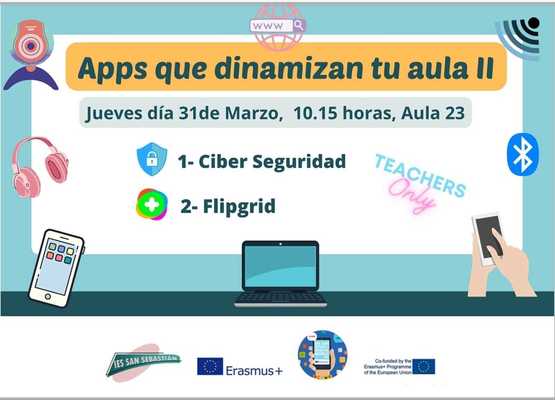
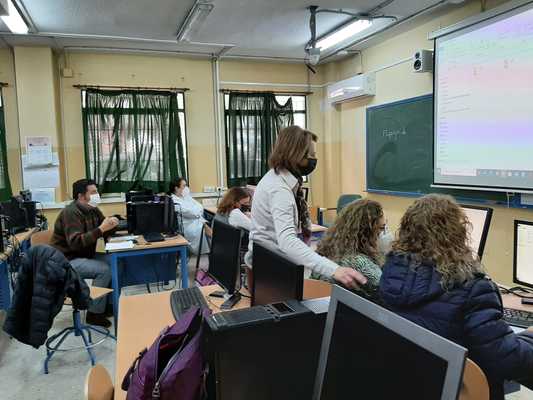

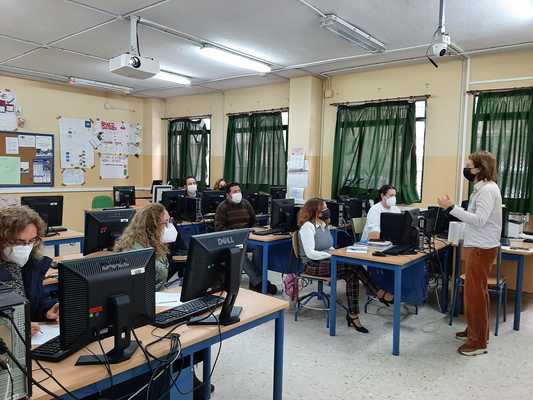
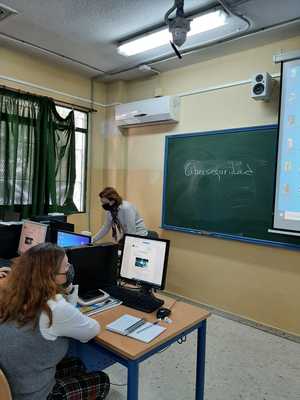
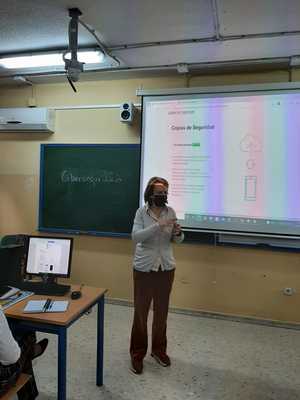
3- Digital Footprint. Fake News
Your digital footprint is the track you leave when surfing the internet, the data this activity generates.
We need to protect the way our personal data is treated, our privacy.
Digital fotprints crate what we call Big Data, a very powerful source of information for companies to know what people are demanding and so offer it to them.
An unknown person could falsify our identity once they have our digital footprint, with serious consequences.
HOW TO REDUCE YOUR DIGITAL FOOTPRINT:
- Remove old email accounts
- Limit social webs
- Avoid surveys
- Create an account for Spam
- Remove your name from searchs
- Set the stealth mode function when you do a search
HOW TO CARE ABOUT PRIVACY:
- Keep your operating system up to date
- Use highly secure passwords
- Download apps from official sites
- On social network sites, only known people
- No one needs to know where you are!
- Do not open mails from unknown people
- Be careful with images!
POSSIBLE ACTIVITIES TO CARRY OUT WITH STUDENTS:
- Type full name between inverted commas
- Check password
- Unsuscribe from all type of services through deseat.me and justdeleteme, a search engine that makes us save time to unsuscribe from any site or social network
- Delete or dactivate all shopping accounts, social networks and web services.
Remember your active profiles. Apart from Facebook, Twitter, LinkedIn, Instagram, do you still have accounts on Tumblr, Google +, MySpace? Which shopping accounts have you registered? To get rid of an Amazon account, for example, you have to go to Account Settings and close, deactivate or delete it (go to Security/Privacy). If you have a problem to eliminate an account, search "how to eliminate Facebook" on the internet. You'll find clear instructions.
In synergy with our Erasmus KA 101 on entrepreneurship and FOE, these activities have taken place:
1st ACO (Commerce Activities VET students)
Crosscurricular activity to reflect on the importance of digital print on the internet.
Conclussions: students didn't know much about its importance. Didn't have adequate passwords. Didn't take any precautions to protect their personal data.
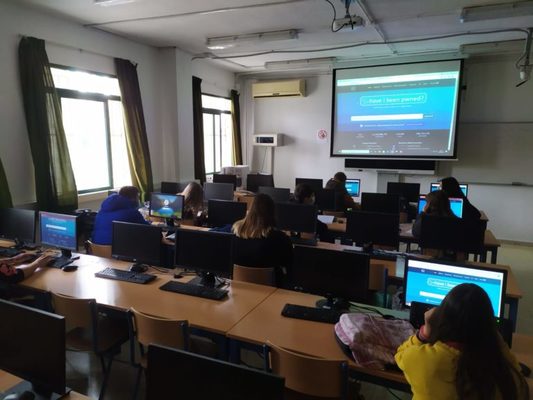
4th GCSE
To make students at this level (15-18 year-olds) aware of the importance of digital print in their professional future.
They put into practice the possible activities activities just stated. They had to write up their conclussions. They found it really useful.
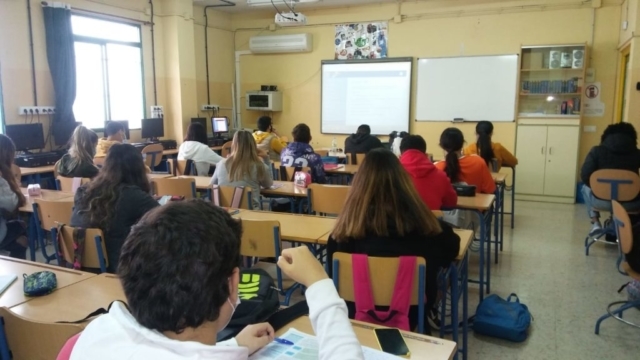
1st AFI A (Business Administration and Finance)
There is so much fake news, and it spreads so fast, that it poses a serious danger.
The power of fake news to go viral can seriously affect a company's reputation, damage its image, cause it to lose millions of dollars and even fall victim to scams. It is the responsibility of society as a whole to stop the spread of the fake news virus. To do so, it is necessary to know why it is produced, why we believe it and share it, what its characteristics are, who viralises it, why it is dangerous, who stands to gain from it and what the risks are for companies.


4- Social Media
VET groups work on marketing strategies through the Social Media:
